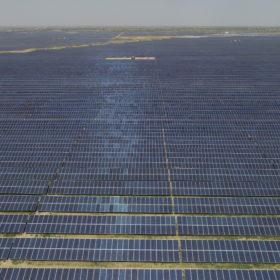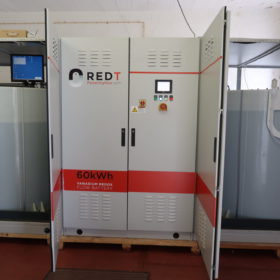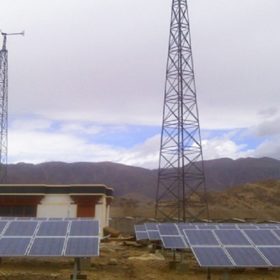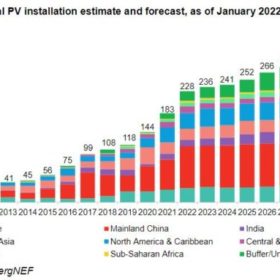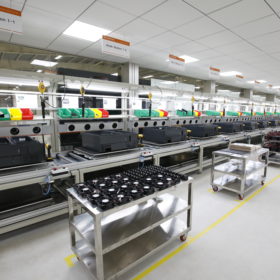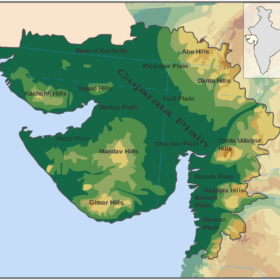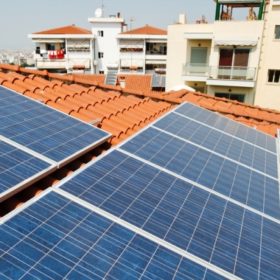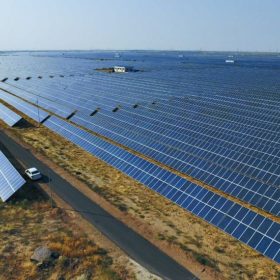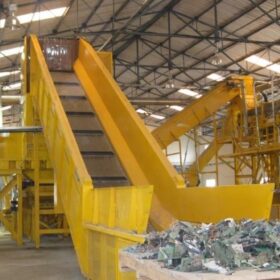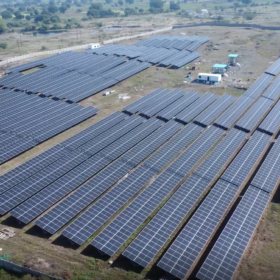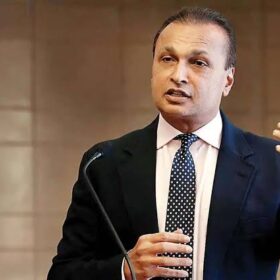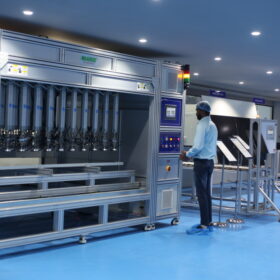Scatec and Acme put their 900 MW Rajasthan solar project on hold
Norway’s Scatec, which has a 50% stake in Acme’s 900 MW solar project in Rajasthan, cited a lack of domestic solar panel supply and the 40% import duty on solar panels effective from April as the reasons for putting the PV project on hold.
Rajasthan to create geo mapping-based data bank for renewable energy projects
The move is aimed at identifying chunks of land for solar plants and solar parks as the State government looks into the possibility of developing more capacity in the state and further increasing its ‘37.5 GW by 2024-25’ renewable energy generation target.
Vanadium redox flow battery to control extreme power ramps in rooftop PV
Researchers in Portugal have tested how vanadium redox flow batteries can be integrated with rooftop PV to balance the system load to ensure firm power output. They proposed a 5 kW/60 kWh battery configuration for a 6.7 kW building-integrated PV microgrid. According to their findings, the battery can be used in different energy management strategy scenarios to better complement solar photovoltaic generation.
Dalmia Cement expands solar plant capacity to 17.1 MW
The cement manufacturer has added 14.7 MW of ground-mounted solar power plant to supply green energy to Kaplias Cement Works plant in the Cuttack district of Odisha.
Maharashtra tenders 865 MW of distributed solar
Bidders have until February 28 to lodge their interest in developing grid-connected, ground-mounted solar plants in sizes of 2-10 MW in various districts of Maharashtra. The ceiling tariff is fixed at INR 3.10/kWh.
BloombergNEF says global solar will cross 200 GW mark for first time this year, expects lower panel prices
The analyst also forecasts strong growth for the storage business and a significant increase in PPAs for photovoltaic projects in Europe. It also said the newly installed PV capacity for 2021 reached 183 GW.
Union Budget targets domestic production with 40% solar import duty and boost to manufacturing-linked incentive
The budget presented today by finance minister Nirmala Sitharaman allocates an extra INR19,500 crore (US$2,602 million) to the production-linked incentive scheme for solar and notifies basic customs duty of 40% on foreign-made solar modules and 25% on cells, from April.
Sungrow signs inverter supply contract for 75 MW of solar projects in Uttar Pradesh
The Chinese manufacturer will supply its 3.125 MW central inverter solution SG3125HV for the 75 MW solar power project being set up by state-owned hydropower producer SJVN Limited.
Gujarat tenders 166 MW of solar EPC work
Gujarat State Electricity Corporation Limited has invited bids to set up an aggregate 166 MW of grid-connected solar plants in Gujarat. The plants shall come up at locations around GETCO substations in Kutchh, Morbi, and Surendranagar districts. Bidding closes on February 25.
SBI partners with Tata Power for financing solar projects
The State Bank of India has set up a dedicated centralized cell that will process loan applications for commercial and residential solar projects sourced across India by Tata Power Solar Systems Ltd.
